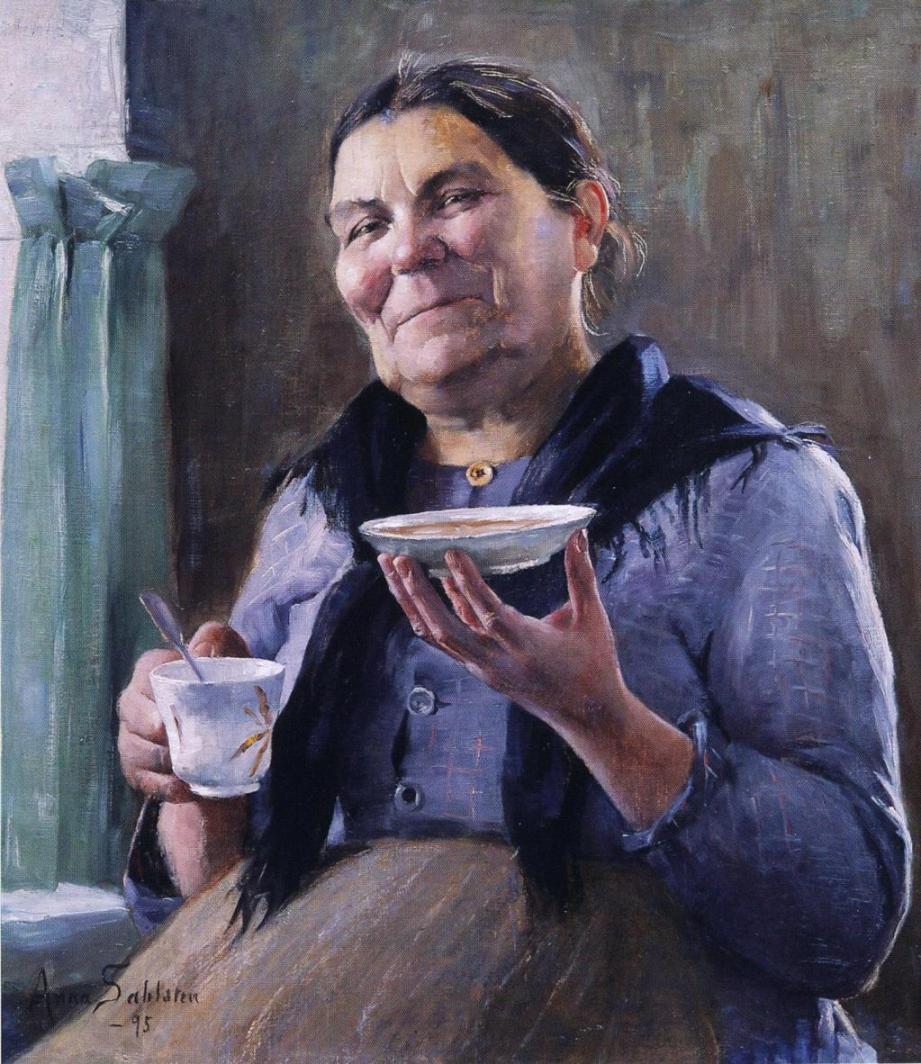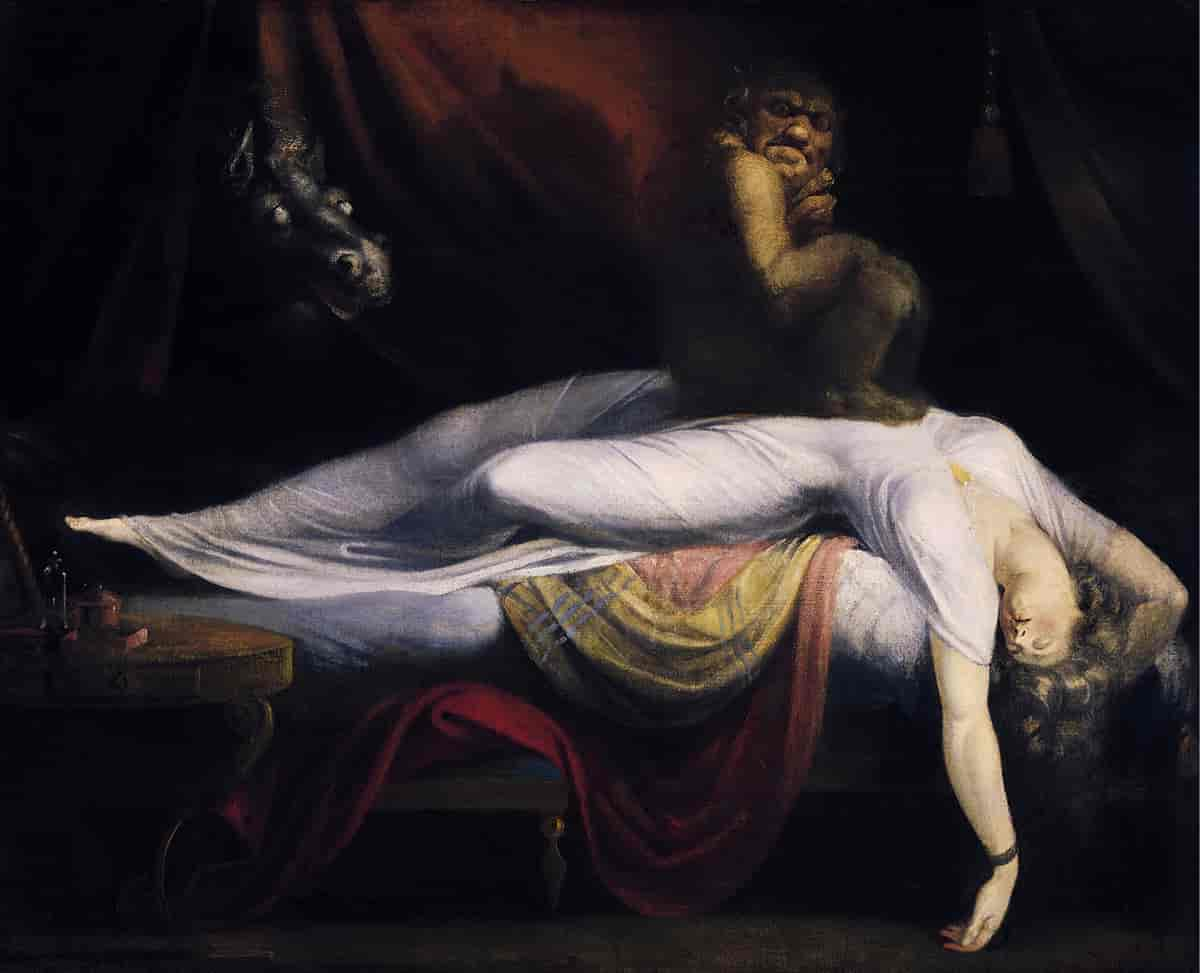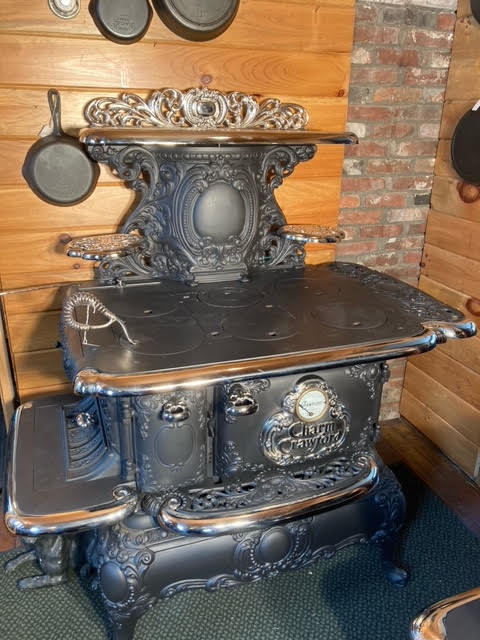You are using an out of date browser. It may not display this or other websites correctly.
You should upgrade or use an alternative browser.
You should upgrade or use an alternative browser.
Beautiful Art: architecture, paintings, sculptures, etc
- Thread starter Pierre
- Start date
I have been following this site on Instagram - @vivoartworld. They have compiled an incredible gallery of photos of basilicas, sculptures, paintings., etc. I tried to copy some of the pictures to add here but have not determined how to do that, so will just add a couple of links from the page:

 www.instagram.com
Location: The Würzburg Residency (German: Würzburger Residenz) is a building located in the city of Würz Burg in Germany
www.instagram.com
Location: The Würzburg Residency (German: Würzburger Residenz) is a building located in the city of Würz Burg in Germany

 www.instagram.com
The Margraviale Opera Theatre in the city of Bayreuth, Upper Franconia, a theater building from the 18th century.
www.instagram.com
The Margraviale Opera Theatre in the city of Bayreuth, Upper Franconia, a theater building from the 18th century.

🎨 Best Pictures of Best Art on Instagram: "🔷️🔺️ 12 Novembre 2022📍🔺️🔷️ ✴🇮🇹 @vivoartworld ✴ 〰️〰️〰️〰️〰️〰️〰️〰️〰️〰️〰️ è lieta di presentare uno tra gli scatti piú belli del giorno: Location: 📌 La Residenza di Würzburg (in tedesco: Würzburger Residenz) è
🎨 Best Pictures of Best Art shared a post on Instagram: "🔷️🔺️ 12 Novembre 2022📍🔺️🔷️ ✴🇮🇹 @vivoartworld ✴ 〰️〰️〰️〰️〰️〰️〰️〰️〰️〰️〰️ è lieta di presentare uno tra gli scatti piú belli del giorno: Location: 📌 La Residenza di Würzburg (in tedesco: Würzburger Residenz) è un palazzo che si trova nella...
 www.instagram.com
www.instagram.com

🎨 Best Pictures of Best Art on Instagram: "🔷️🔺️ 11 Novembre 2022📍🔺️🔷️ ✴🇮🇹 @vivoartworld ✴ 〰️〰️〰️〰️〰️〰️〰️〰️〰️〰️〰️ è lieta di presentare uno tra gli scatti piú belli del giorno: Location: 📌 Il Teatro dell'Opera Margraviale nella città di Bayreuth , n
🎨 Best Pictures of Best Art shared a post on Instagram: "🔷️🔺️ 11 Novembre 2022📍🔺️🔷️ ✴🇮🇹 @vivoartworld ✴ 〰️〰️〰️〰️〰️〰️〰️〰️〰️〰️〰️ è lieta di presentare uno tra gli scatti piú belli del giorno: Location: 📌 Il Teatro dell'Opera Margraviale nella città di Bayreuth , nell'Alta Franconia , è un...
 www.instagram.com
www.instagram.com
I'm a big fan of pre-raphaelite art, as well as William Waterhouse.I really like John Waterhouse
"John William Waterhouse RA (6 April 1849 – 10 February 1917) was an English painter known for working first in the Academic style and for then embracing the Pre-Raphaelite Brotherhood's style and subject matter. His artworks were known for their depictions of women from both ancient Greek mythology and Arthurian legend."
I went an visited a museum in Oxford relatively recently, and an exhibition of sketches/art work by many pre-raphaelite artists housed by Oxford University. Here are a few of my photos:
A few snaps from inside the cathedral I took (there was a spring art/flower exhibition on at the time):Since 1549, the magnificent Salisbury cathedral has had the tallest church spire in the United Kingdom, at 404 feet (123 m).
View attachment 66873
Anna Sahlsten was a Finnish painter, who did primarily oil paintings about rural life (portraits and landscapes).
"Coffee grandmother" ("Kahvimummo" in Finnish) from 1895 is particularly well made. "Granny's" character and the twinkle in her eye have been captured quite nicely!

"Coffee grandmother" ("Kahvimummo" in Finnish) from 1895 is particularly well made. "Granny's" character and the twinkle in her eye have been captured quite nicely!

PERLOU
The Living Force

Füssli, le maître du cauchemar exposé au musée Jacquemart-André
Les œuvres mystérieuses et fantastiques du peintre londonien d'origine suisse Füssli sont exposées jusqu'au 23 janvier au Musée Jacquemart-André.
Füssli, le maître du cauchemar exposé au musée Jacquemart-André
Füssli, the master of the nightmare exhibited at the Jacquemart-André Museum (France)It is in a beautiful Parisian mansion, where everything is order and beauty, luxury, calm and pleasure, that the master of the Nightmare is exposed. However, Johann Heinrich Füssli (1741-1825) was not destined to become a painter, but a pastor.
An artistic training between Switzerland and Italy
The son of an art historian and portraitist, he received a sustained artistic education with his four brothers and sisters, marked by neoclassical ideals. As a young man, he copied the German and Dutch masters and studied art history. During his theological studies in Zurich, a historian, Johan Bodmer, made a particular impression on him, as it was through him that he discovered the writings of Homer, Dante and Shakespeare. These great poets were to become major sources of inspiration for Füssli. Ordained as a pastor at the age of twenty, he denounced the corruption of a local notable in a pamphlet. It is a scandal: he has to leave Zurich. After a short stay in Germany, Füssli discovers the theatrical and literary world in London. He tried his hand at writing by publishing in 1767 Remarks on the writings and conduct of Jean-Jacques Rousseau, whom he had met a year earlier. At the same time, he made a decisive encounter with the English painter Sir Joshua Reynolds, who encouraged him to train in painting and drawing in Italy. At the turn of the forties, he began to be recognized, and settled permanently in London. He climbed the ladder of respectability by being elected to the Royal Academy before becoming its chief curator.
Translated with www.DeepL.com/Translator (free version)
The art of staging
Füssli's painting is marked by a consummate art of staging, and this from his earliest paintings, such as "The Death of Dido" or "Lady Macbeth Sleepwalking". The latter is particularly striking for its frightening dimension and the mad look of the criminal. The perfectly mastered chiaroscuro, generated by the torch in the night, contributes to make the scene chilling horror.
In the continuation of this painting, we can see that of the "Three Witches", terrifying old women with hanging tongues who predict to Macbeth that he will be king of Scotland. Macbeth was then one of the most performed plays of Shakespeare in England.
ARTIST MARY CASSATT
Posting works from an impressionist artist, born in my neck of the woods, Mary Cassatt. I am drawn to her study of women, particularly on the mother/child bond. I tried to add her sketches, but they were restricted on downloading to my device.
Mary Stevenson Cassatt (/kəˈsæt/; May 22, 1844 – June 14, 1926)[1] was an American painter and printmaker. She was born in Allegheny, Pennsylvania (now part of Pittsburgh's North Side), but lived much of her adult life in France, where she befriended Edgar Degas and exhibited with the Impressionists. Cassatt often created images of the social and private lives of women, with particular emphasis on the intimate bonds between mothers and children.










Posting works from an impressionist artist, born in my neck of the woods, Mary Cassatt. I am drawn to her study of women, particularly on the mother/child bond. I tried to add her sketches, but they were restricted on downloading to my device.
Mary Stevenson Cassatt (/kəˈsæt/; May 22, 1844 – June 14, 1926)[1] was an American painter and printmaker. She was born in Allegheny, Pennsylvania (now part of Pittsburgh's North Side), but lived much of her adult life in France, where she befriended Edgar Degas and exhibited with the Impressionists. Cassatt often created images of the social and private lives of women, with particular emphasis on the intimate bonds between mothers and children.
Benjamin
The Living Force
Generally, much detail and geometry.
One other thing concerning the some of the Islamic architecture's tile motifs, is the richness of the color blue. It is striking.

From inside Shiraz Mosque

Nain Jame Mosque

Sheikh Lotfollah Mosque

Marble Palace Tehran

Simple tools

Jāmeh Mosque of Yazd

One other thing concerning the some of the Islamic architecture's tile motifs, is the richness of the color blue. It is striking.
From inside Shiraz Mosque
Nain Jame Mosque
Sheikh Lotfollah Mosque
Marble Palace Tehran
Simple tools
Jāmeh Mosque of Yazd
Reed Flute Cave, Guilin, ChinaTrending content
-
-
-
Thread 'Coronavirus Pandemic: Apocalypse Now! Or exaggerated scare story?'
- wanderingthomas
Replies: 30K

